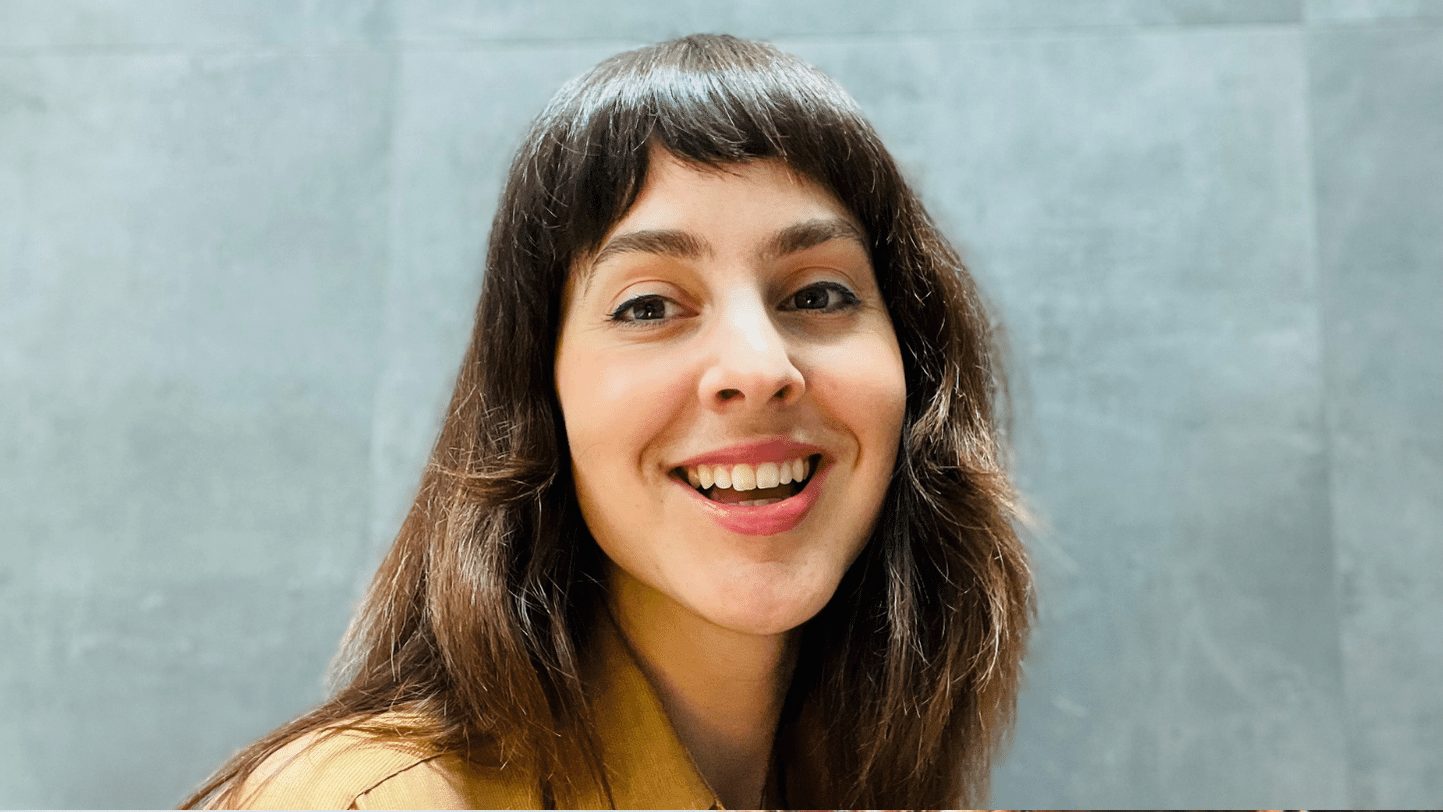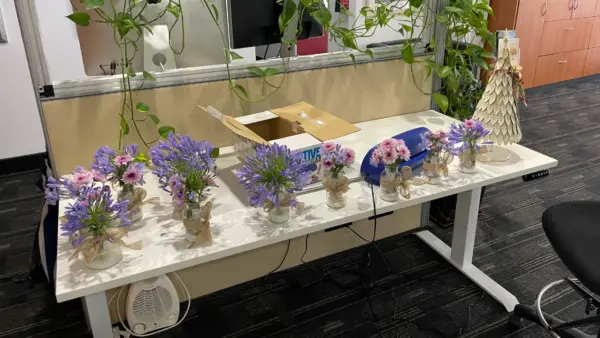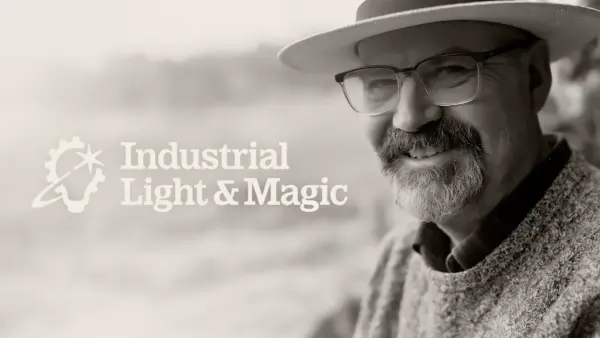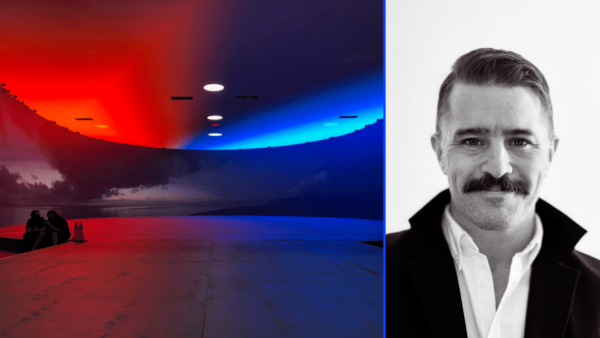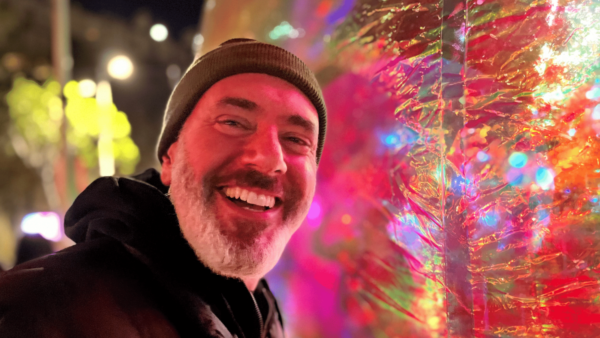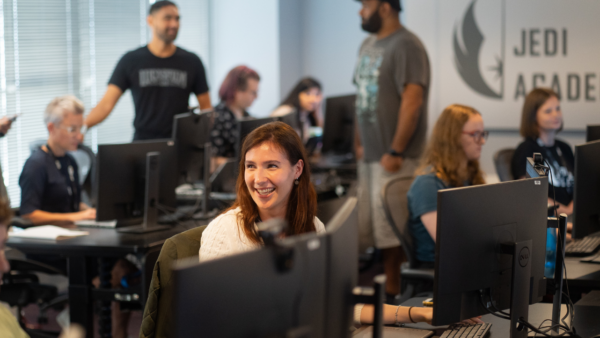Being thrown into the Polish school system at the age of 12 gave Sydneysider Alana Lennie the adventurous streak and grit she needed to later pursue a career in visual effects across three different continents. Hear about how she unfolds her creativity in her job as a Lead Lighting TD and how she crushed impostor syndrome and flourished in what has traditionally been a male-dominated industry.
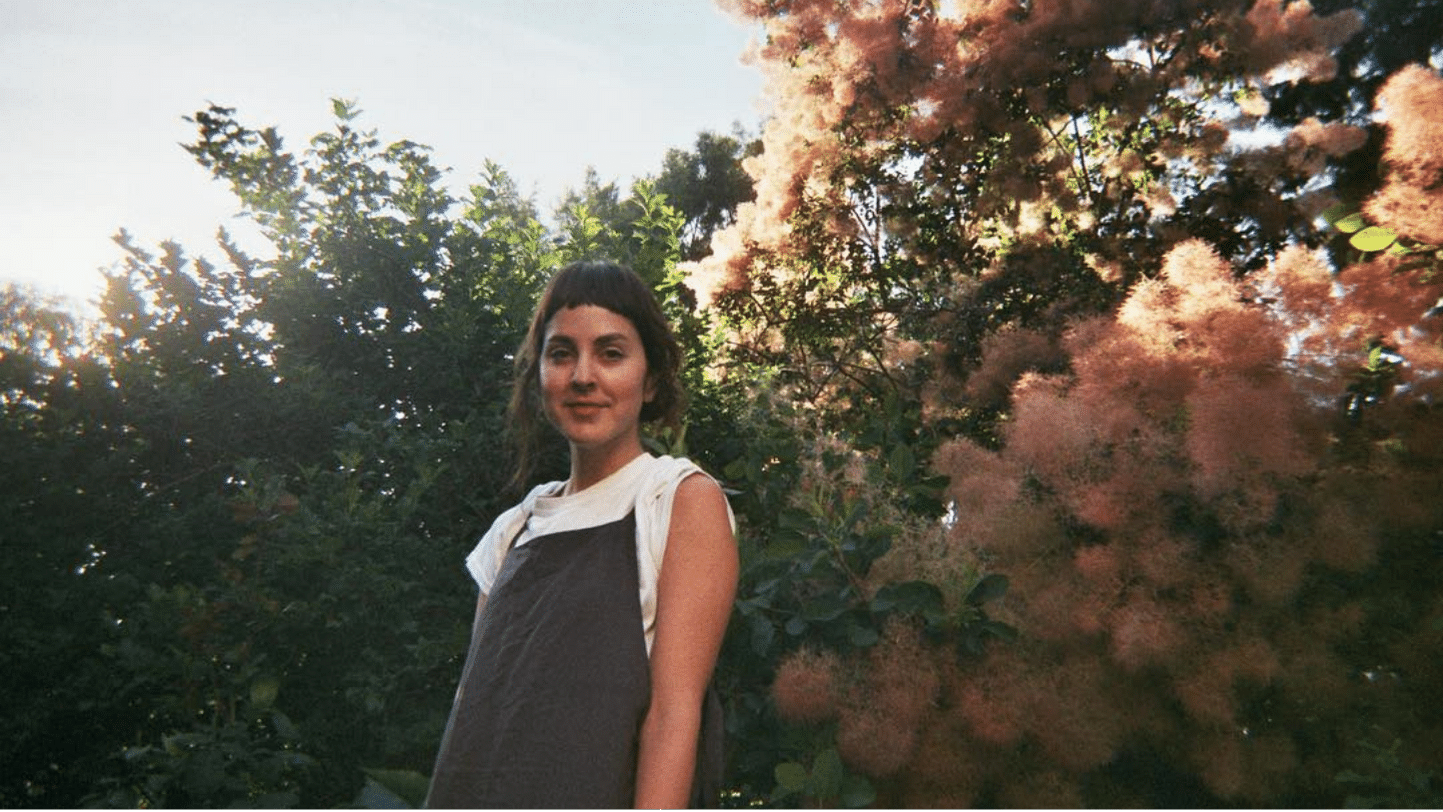
Tell us a bit about yourself and your background.
I was born in Manly, Sydney and raised by a strong Polish mother alongside my two brothers. I loved spending as much time as possible in the water, hauling my surfboard on the bus to spend the days amongst the waves.
I lived in Poland for a year when I was 12, thrown into a Polish school without any ability to speak Polish but had such a sense of pride when after a few months I was able to communicate enough to make friends and feel integrated into life there. Travelling so young gave me an enormous sense of adventure and ease with the unknown, so I have tried to travel as much as possible since then, leaving Sydney when I was 20 and returning now, 15 years later.
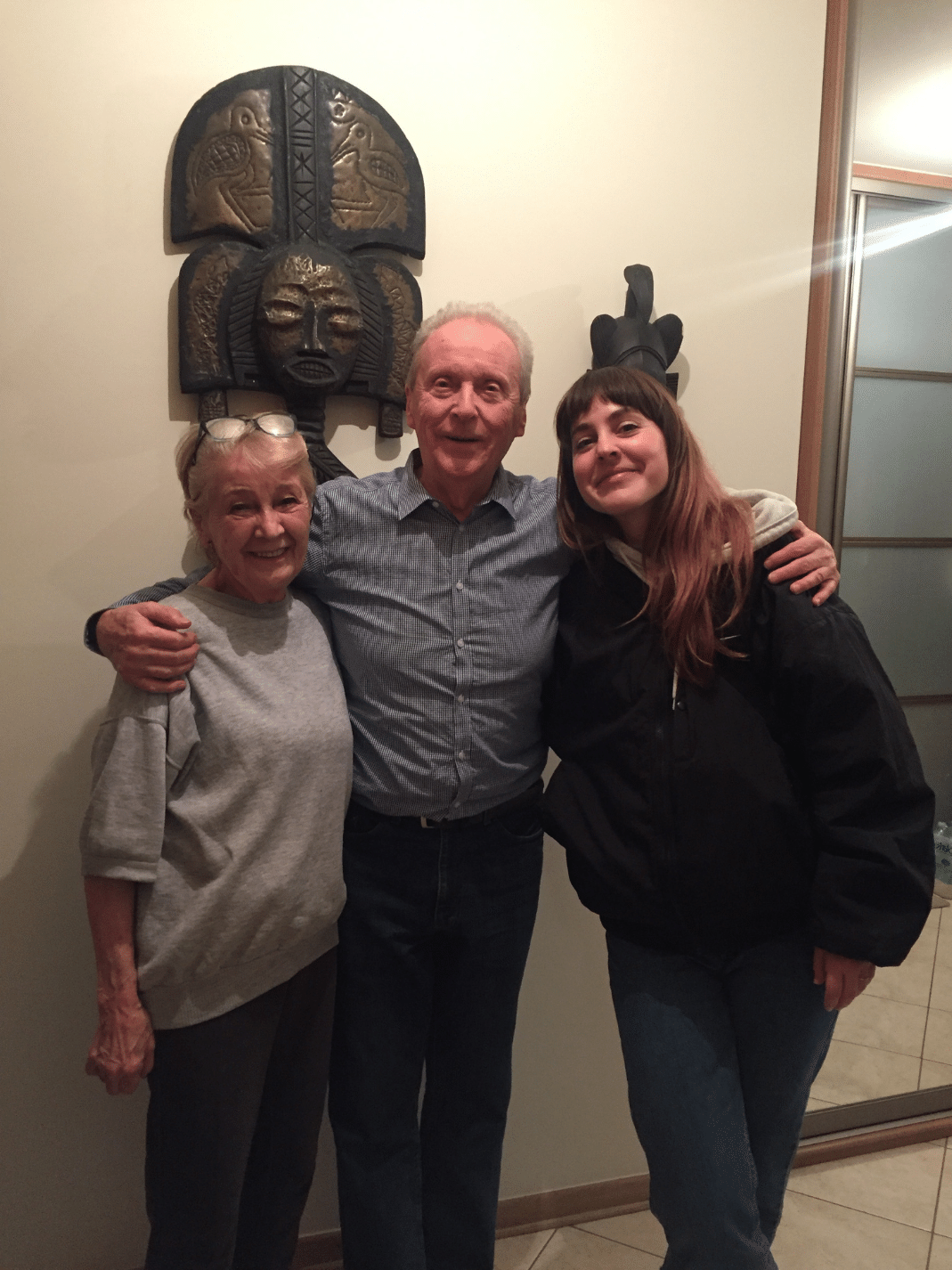
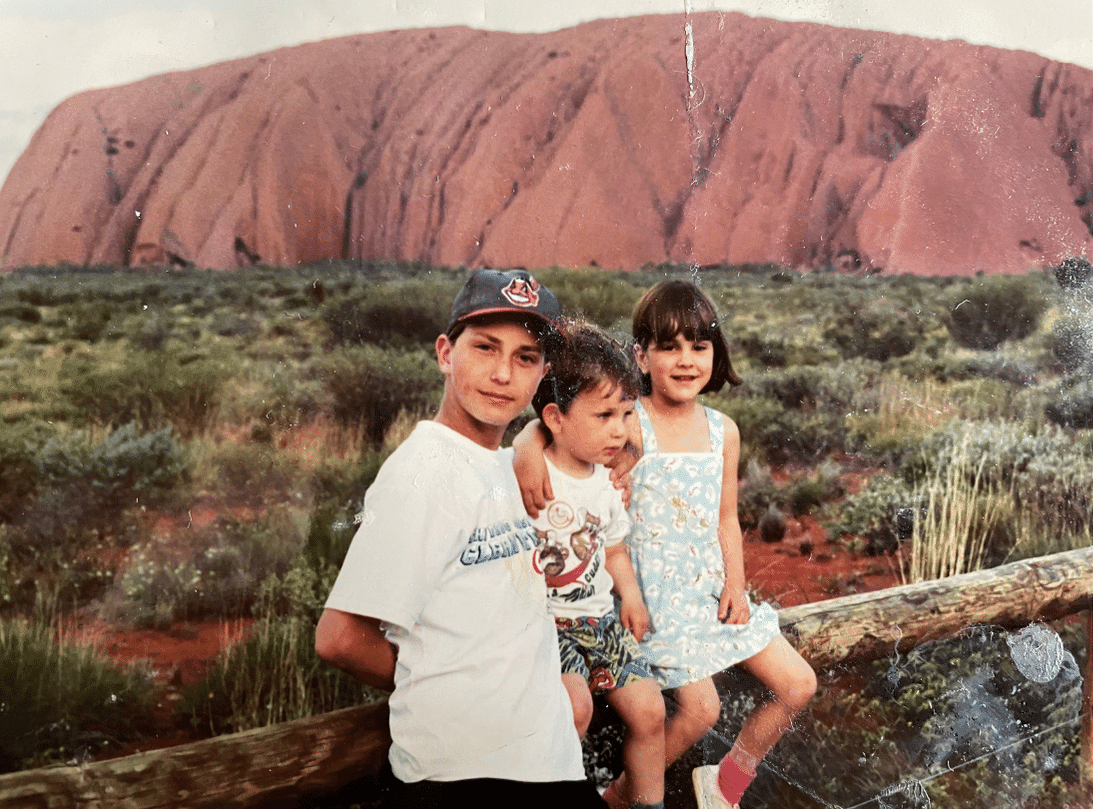
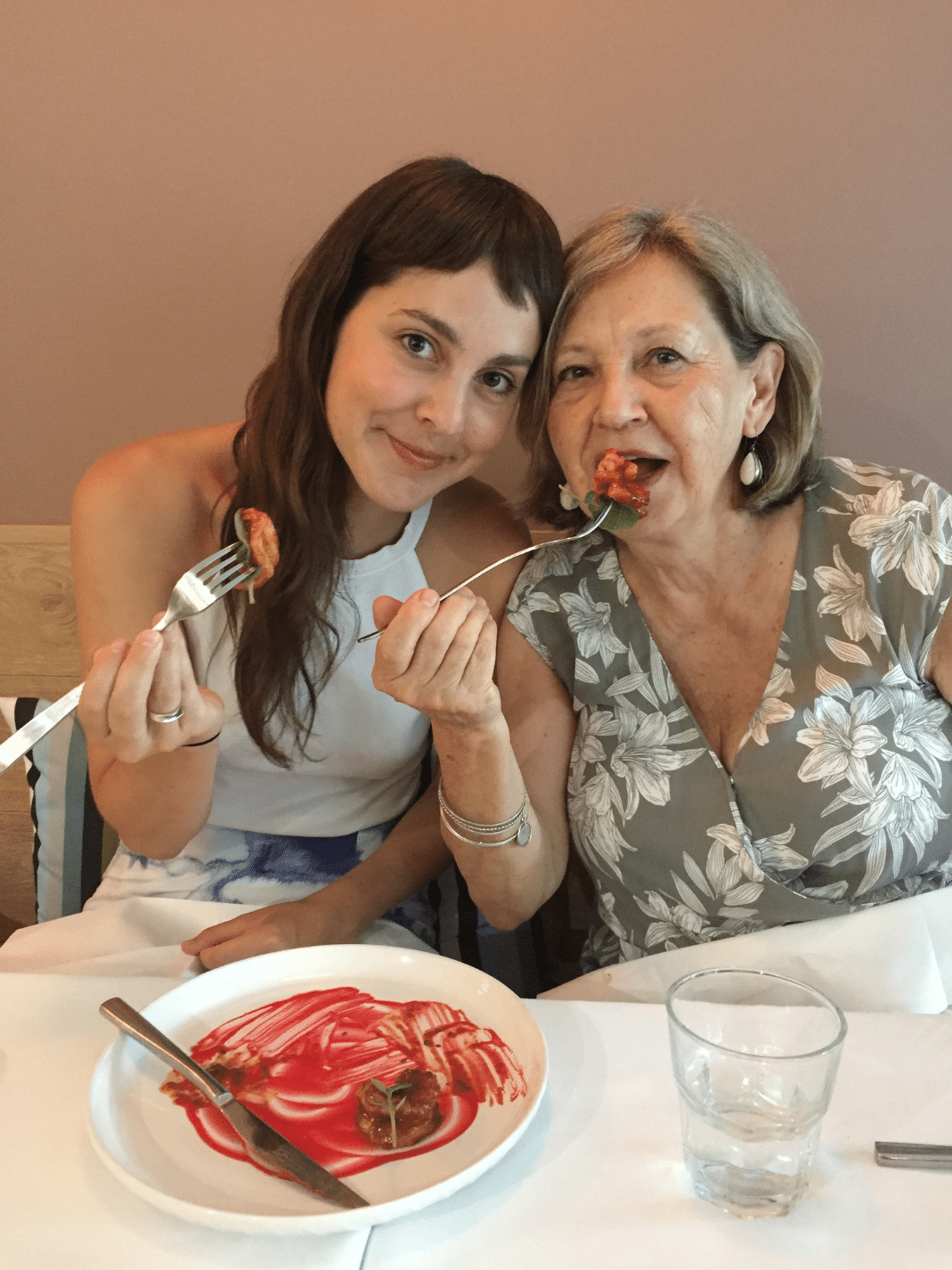
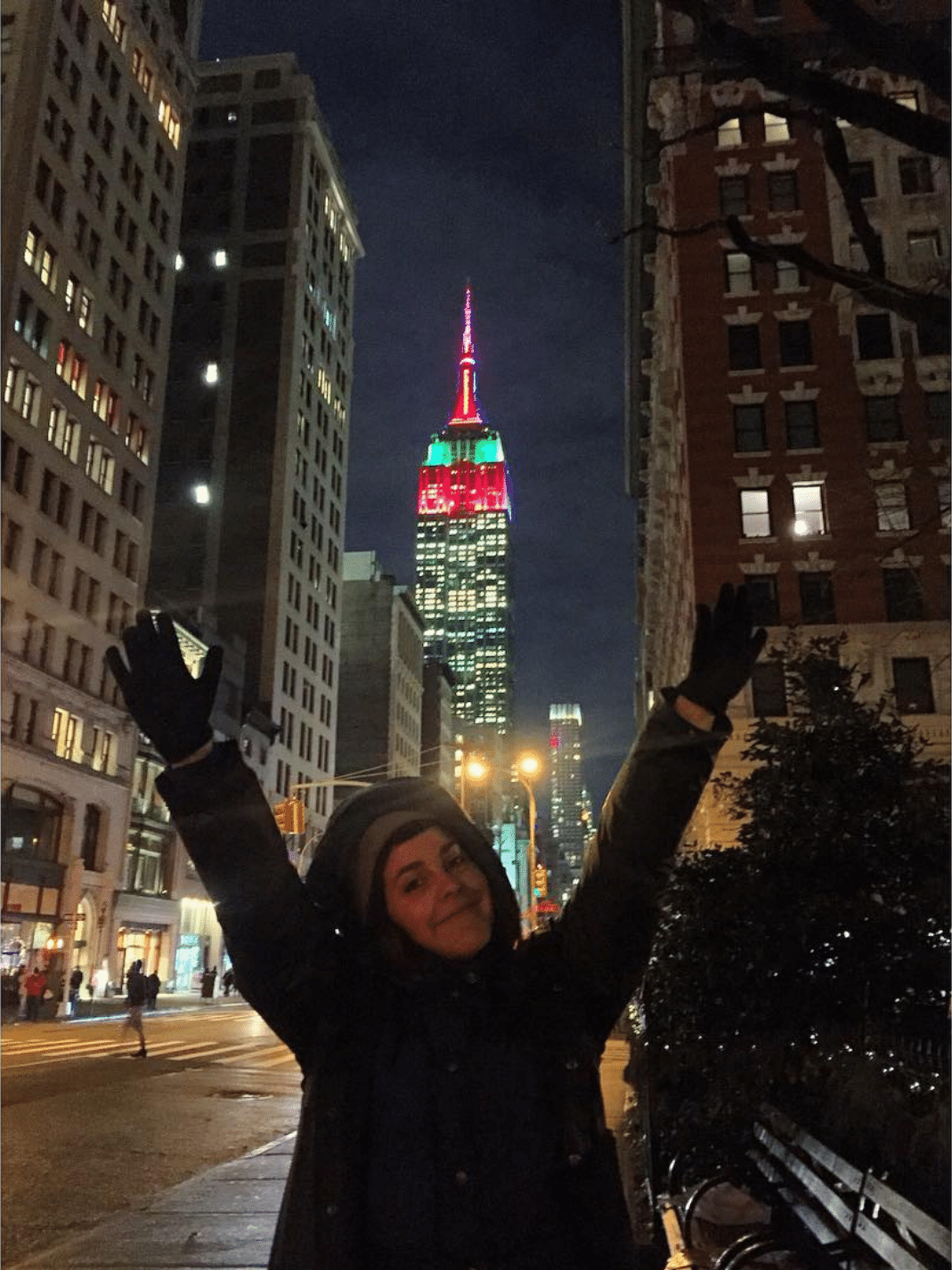
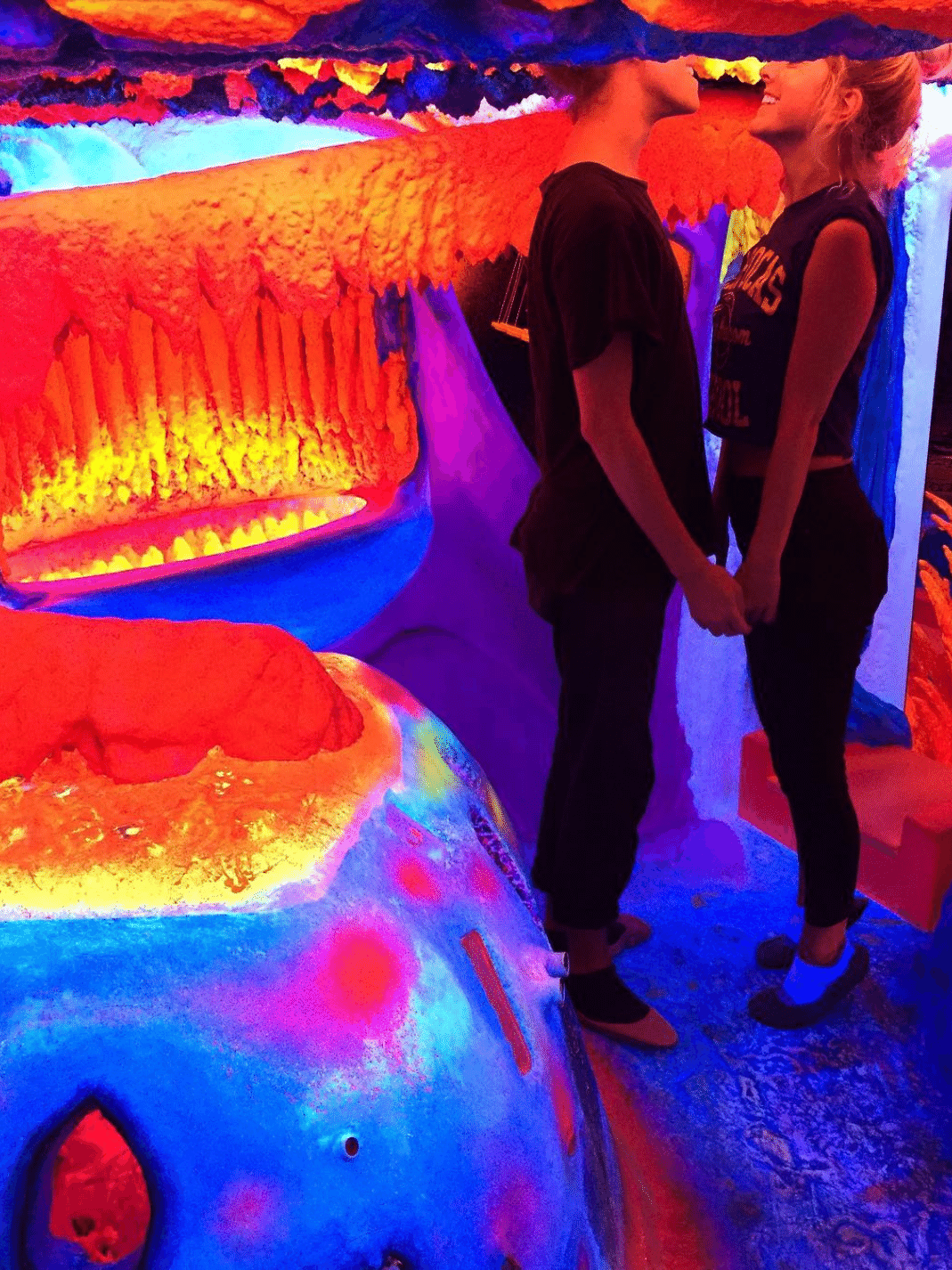
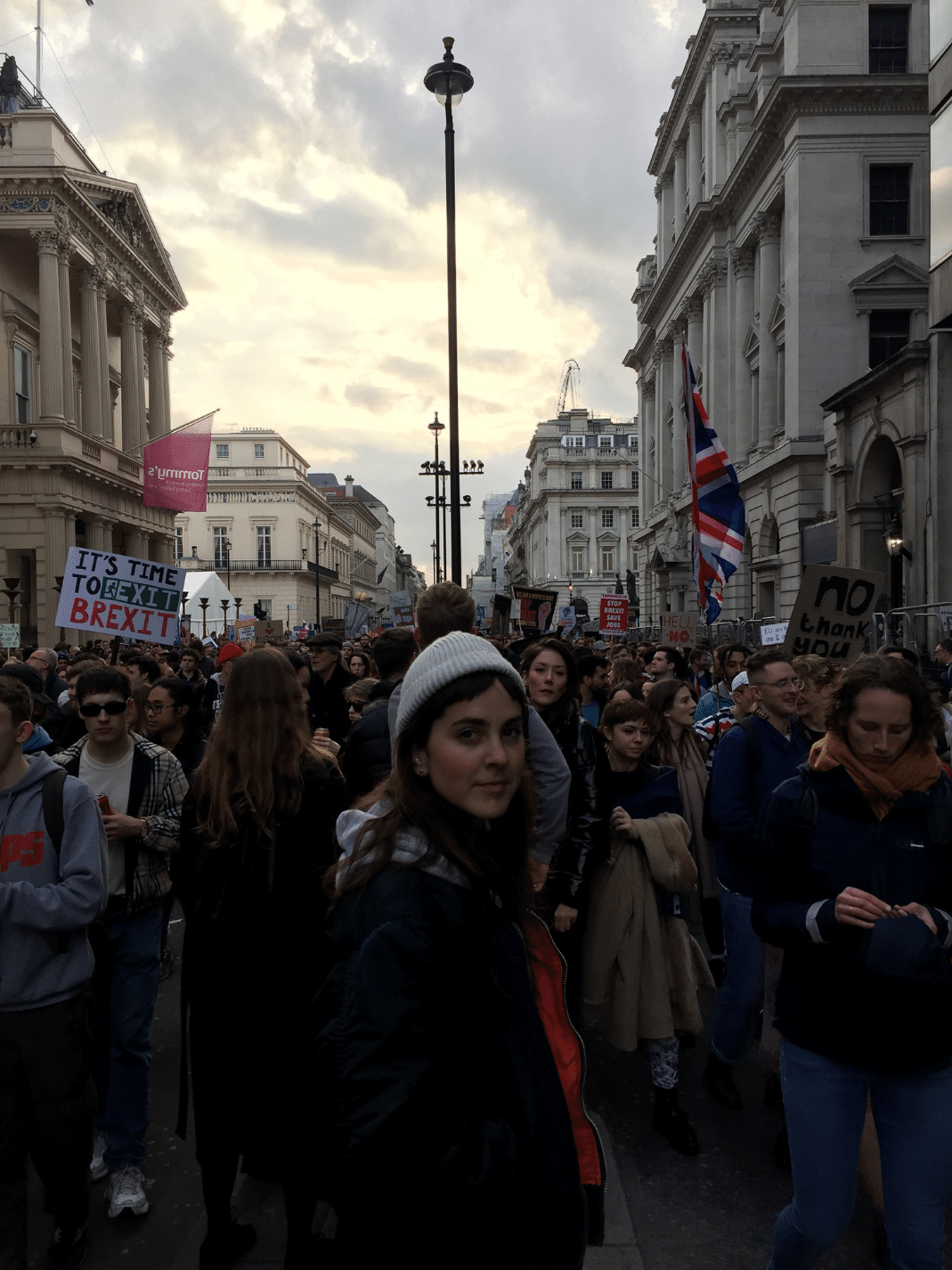
How did you get into the visual effects industry?
Like many people in visual effects, my path wasn’t linear. When I was in school I was certain that I wanted to be a Psychologist so I ended up studying it right out of school. I couldn’t shake the feeling that something was missing, a creative side that hadn’t been explored.
At the time I adored music videos and title sequences and would watch them over and over so, following that hunch, I dropped out of Psych and enrolled in a film degree. Thankfully it turned out to be the right decision, as I discovered I had a natural eye for cinematography and a huge interest in film editing and software. After countless hours learning After Effects and then starting to teach myself a bit of 3D on the side, I veered into a game design degree where I could engage with technology more.
I was a very flakey student. The subjects I had the least interest in I found myself doing the bare minimum for, but when it came to anything using 3D software I couldn’t help but spend 1000s of hours there just amazed at the idea that you can create a whole world within a 3D software package.
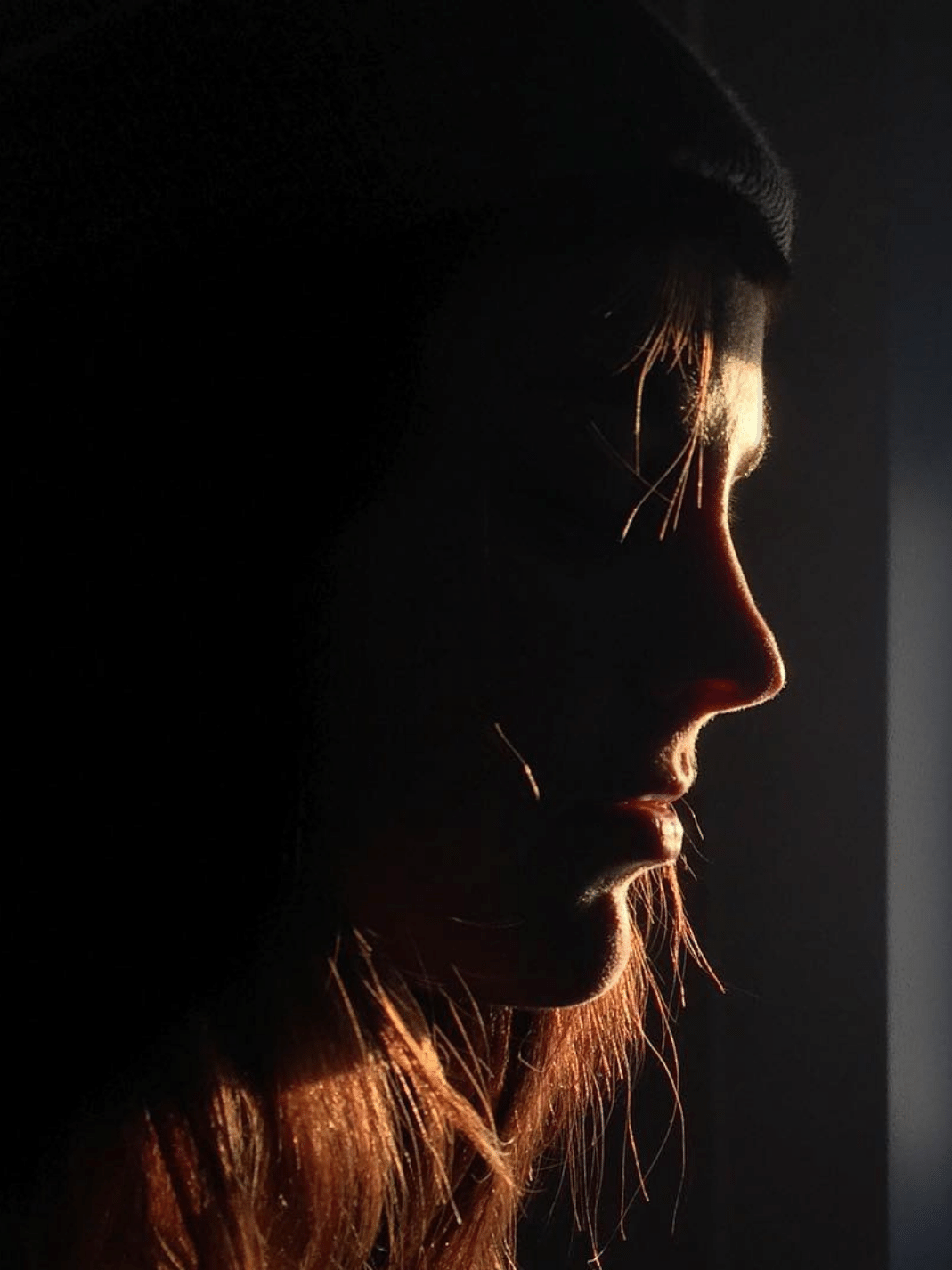
I sent some renders I was really proud of to Melbourne’s only VFX studio at the time and ended up being asked to come in to “chat about the industry”, I think my passion for 3D must have been really visible because I walked out with a job and the best four-year intro into VFX that I could have asked for.
What does a Lighting TD do at ILM?
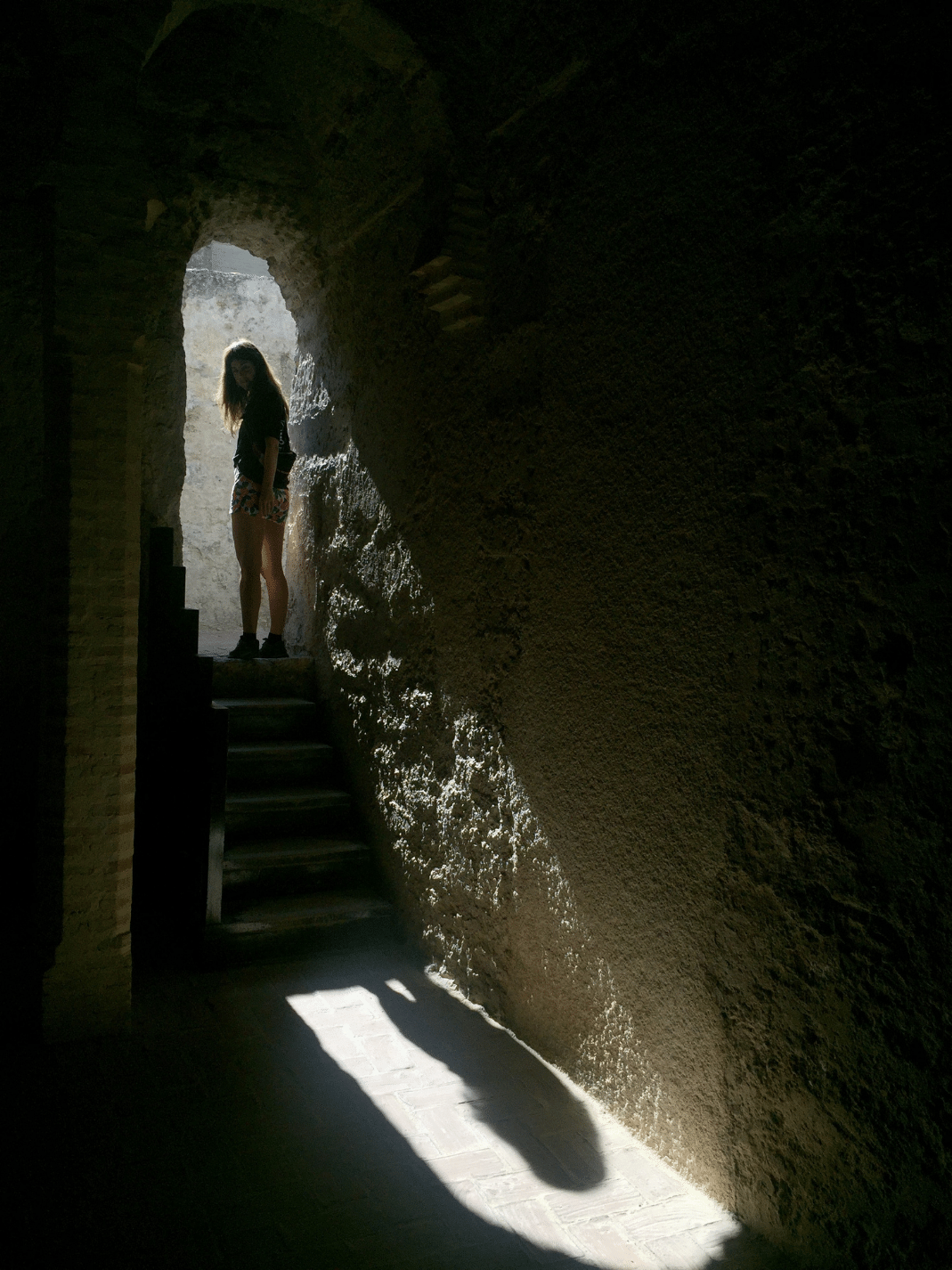
Lighting is the last step in the 3D pipeline for film. It’s my job to gather all of the work that is done before me, so always virtual camera, maybe an environment, maybe a creature, maybe a building being destroyed, and then create and place lights to achieve a certain look.
Sometimes this can be a very logical process, when I need to say, place a dinosaur into some footage, I use reference images, or look for clues in the footage as to how the lighting was on that day, and I replicate that in my 3D scene. Other times I get to be really creative when I am told to evoke a certain atmosphere or feeling through my lighting. Then I have to use colour theory, or think about where the viewer’s eye is being drawn, or how much shadow we have in the image and if it’s telling the right story.
The more technical role of a lighting TD is knowing how to do all of this using software, and making sure that my scenes are optimized enough for the computers to be able to output images I am creating. This part is called “rendering”.
What does a typical work day look like for you?
A typical day for a lighting TD begins by checking your renders which have finished on the render farm overnight, hopefully, there are no errors to troubleshoot and I have nice-looking frames where I can then start compositing, and layering over footage. Eventually, I will output an image sequence of this together to present to a VFX supervisor later for feedback.
In pre-covid times we would present our work in a theatre, and describe the decisions or challenges we had while lighting the shot and where to go from here. It’s a great chance to get different eyes and opinions on your work and also see what your colleagues are working on too.
The more creative part of the day starts as I begin to light new shots. So placing a creature into an environment, I start to build what we call a light rig, which looks a lot like placing lights on a set to make the creature look it’s best and most realistic. We have to take into account things like light size, which determines harsh or soft lighting, colour temperature, mood and composition while we do this. Sometimes it can be interesting to leverage things like shadows for storytelling too.
When you start working within 3D software there is a learning curve, but after doing this for a while it begins to melt away and the process feels a lot like painting.
When I have something I am happy with I send this to the render farm overnight and the cycle repeats the next day.
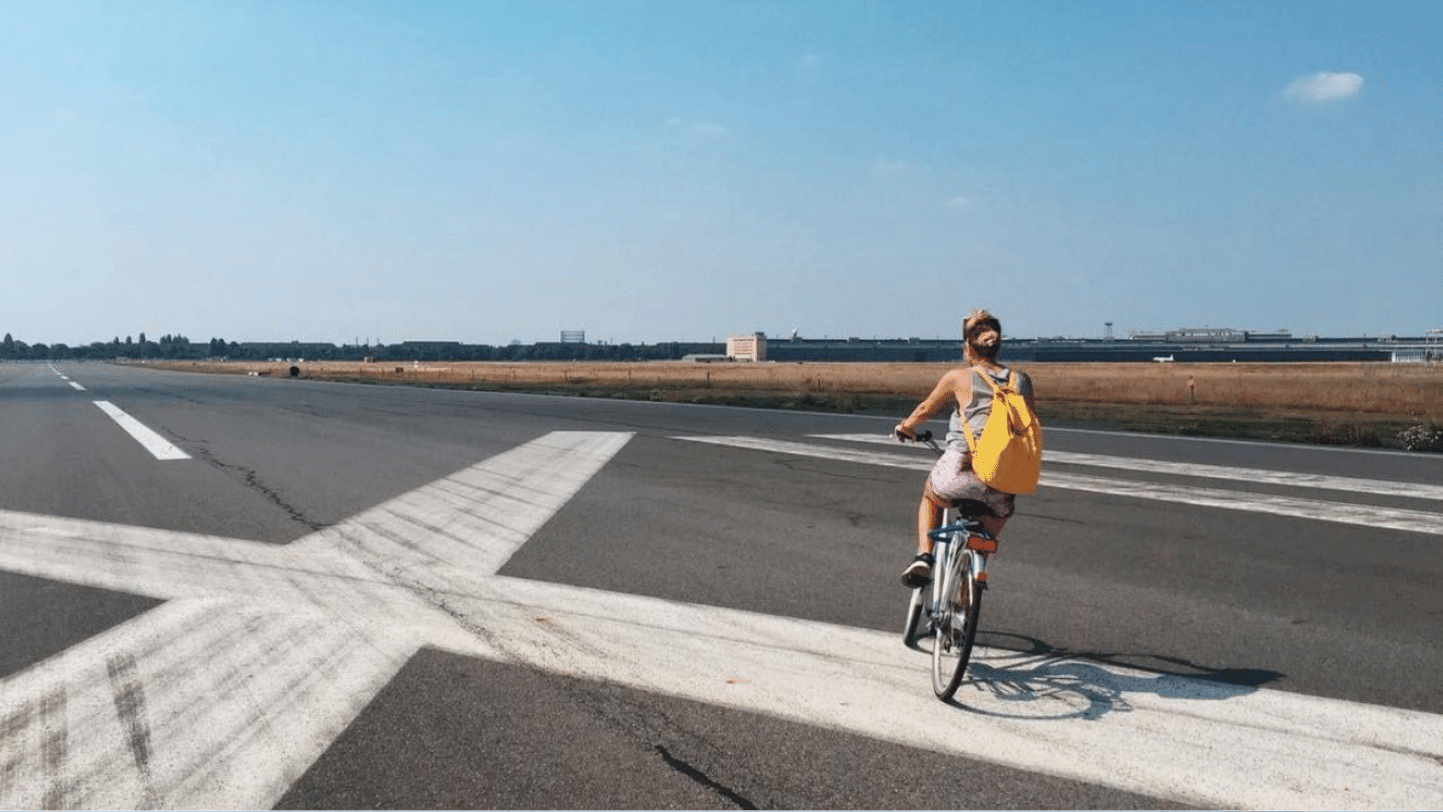
Name three skills all Lighting TDs should have
It’s important to have a passion for visual storytelling. This is at the heart of what we do as Lighting TD’s and we have a lot of power to influence the story that we see on the big screen.
A curiosity for learning and patience for software. Being in visual effects means lifelong learning and upskilling as the software we use is always evolving. It makes for a very dynamic job!
Problem-solving is also amazingly important. We oftentimes have new creative or technical challenges so it’s great to be comfortable in the midst of a problem and enjoy the process of working it out.
Image right: St. Tropez
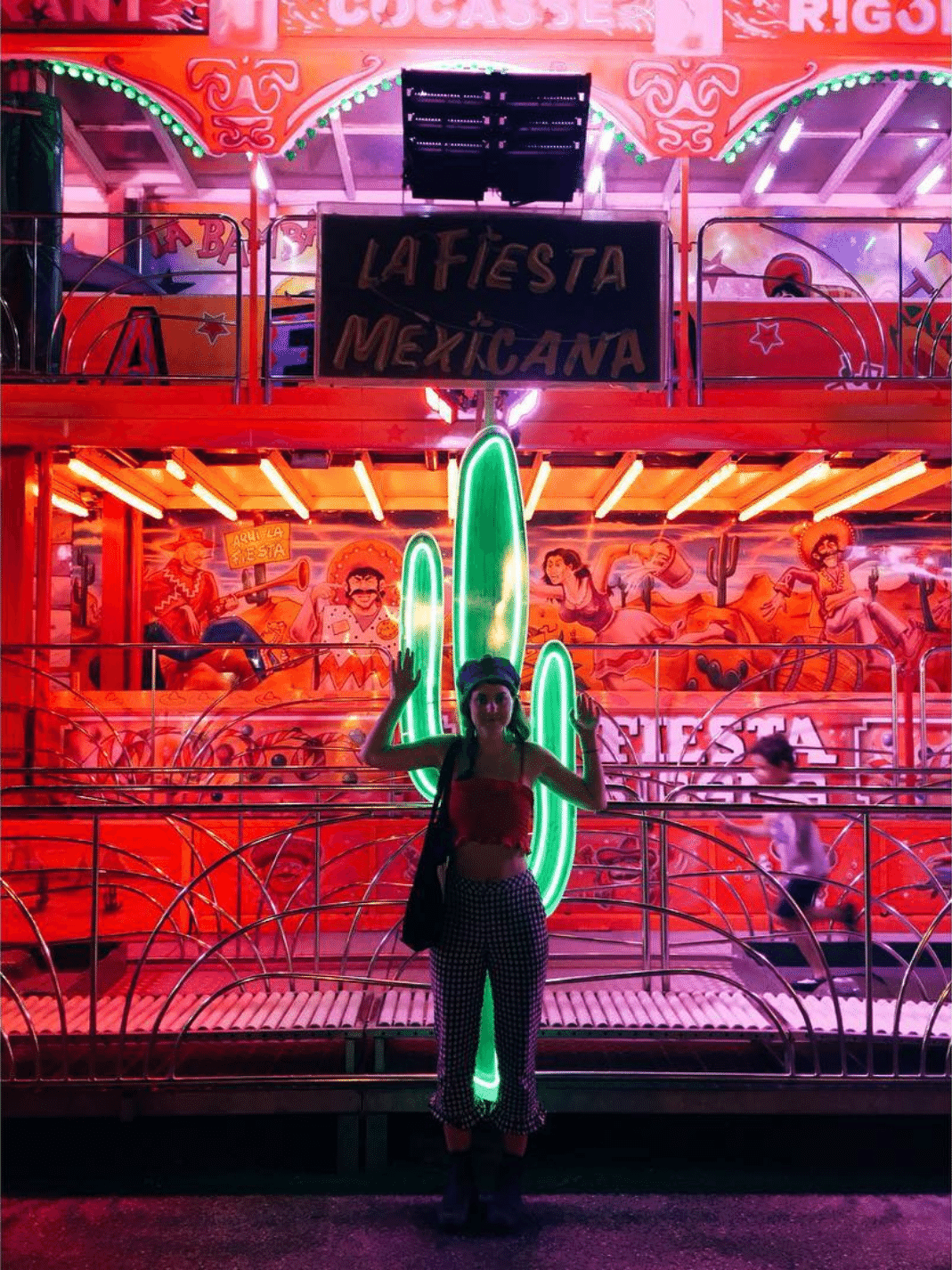
Is there anything that has surprised you about the industry?
The process of learning 3D felt very solo for me so when I joined the industry I was amazed at just how much this industry is built on mentoring and just how willing people are to give up their time to help you succeed. No one in this field could be where they are without someone taking them under their wing at some point, so there is a universal recognition of this and a desire to give back and build up the next generation of VFX talent. Just get your foot in the door and be open to learn!
Image right: Vancouver
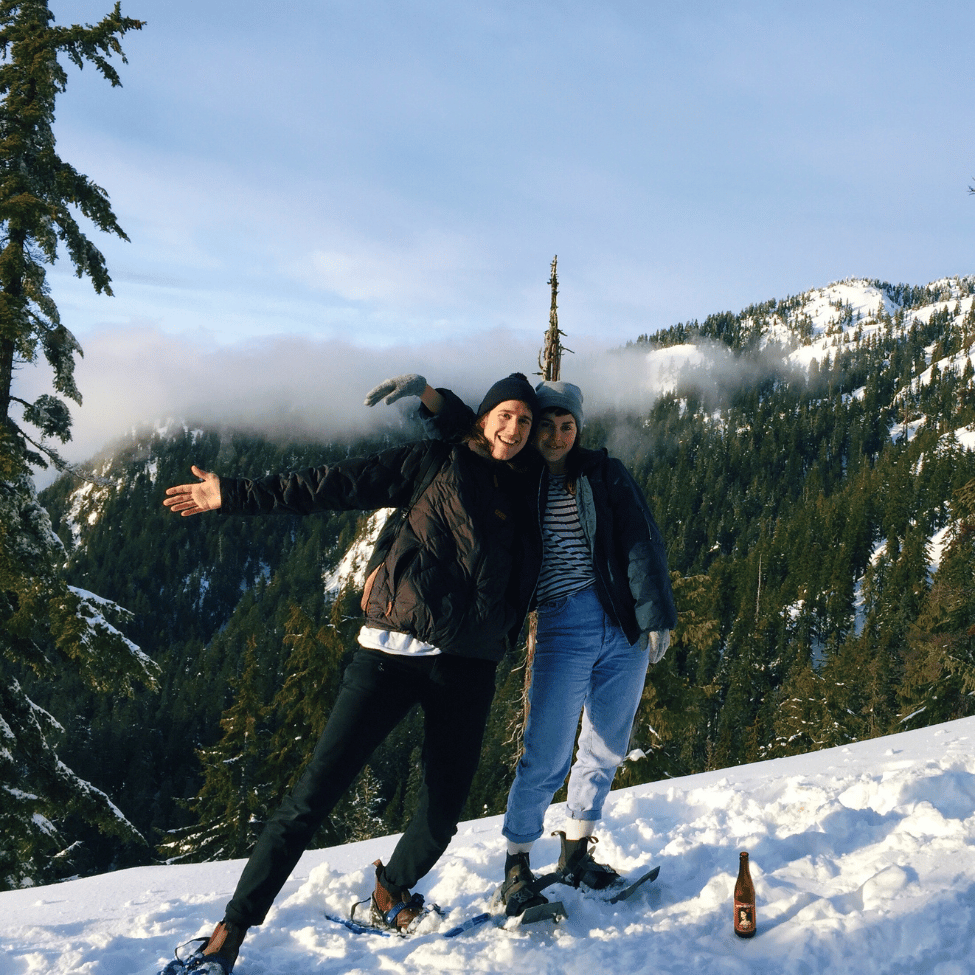
What is your favourite part of your job?
The people. I’ve been lucky enough to work across different continents and have amassed some amazing friends and mentors along the way. It’s been a great opportunity to meet people from vastly diverse backgrounds that I might not have gotten otherwise.

Proudest career moment(s)?
I can’t choose! I adore working on hero character shots and getting into the emotions of a character. It could be lighting a magical creature and trying to convey an emotion of being fearful with softer lighting and broader eye reflections; there are these incredible moments where a CG character inside a computer can come to life through a series of small lighting decisions. My proudest moments are when I start to feel connected to a character through my lighting, and I know that those watching it in the cinema will too.
Have you had to overcome anything to be where you are today?
Getting to this point in my career hasn’t always been easy. VFX typically hasn’t attracted as many women, and there have been times where I have had to work twice as hard to be taken as seriously as someone else with my title. A lot of people live alongside imposter syndrome, and when I was starting out I had it constantly because I was often the only female on a team so it was hard to see myself as the ideal VFX artist.
Thankfully I learned to see imposter syndrome for what it was and push through it because since then I have had the privilege to work with many incredible female leads and supervisors. I am excited to now be in a position where I can help to encourage and mentor a gender-diverse team here at ILM!
Image right: With ILM Sydney Collegues
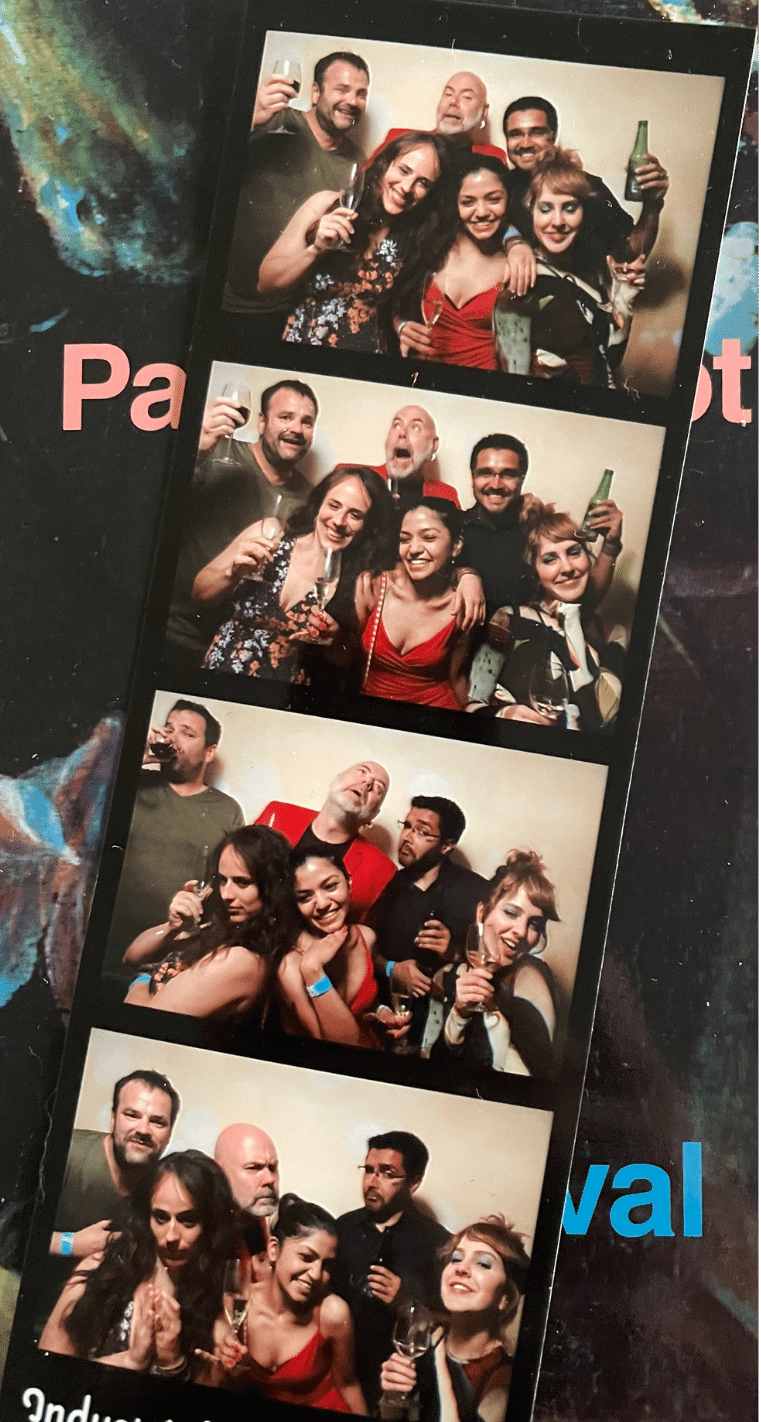
Who has inspired you professionally?
Working for ILM in London I was amongst a team that had a perfect 50/50 split of men to women. This was my first time working with direct female supervisors or leads and many of them had children. It was a beautiful turning point for me personally to be surrounded by so many inspirational and hard-working women and to be able to see that my career would have no limits, regardless of any life choices.
Image right: With the iLM London girls

What excites you the most about the industry?
That we have so few limits on what stories we can tell owing to VFX. It’s exciting to see those limits pushed further and further each year.
How would you summarise the work culture at ILM in three words?
Global, Collaborative, and Innovative!
What makes ILM special, in your eyes?
The scale of the projects we get to work on at ILM is mind-blowing, everything from Star Wars to the innovation on The Irishman. Also, getting to work with people across continents who have helped to build the industry as we know it, and they are so humble and helpful!
What is your biggest passion outside of work?
Cooking! I love that after a day on a screen it is something that requires all five senses. It brings immense joy to people and is endlessly creative!
If you hadn’t become a Lighting TD, you would be working as?
A chef.
Where do you see yourself in ten years?
Optimistically (why not!) a VFX Supervisor living by a beach with at least two very lovely dogs.
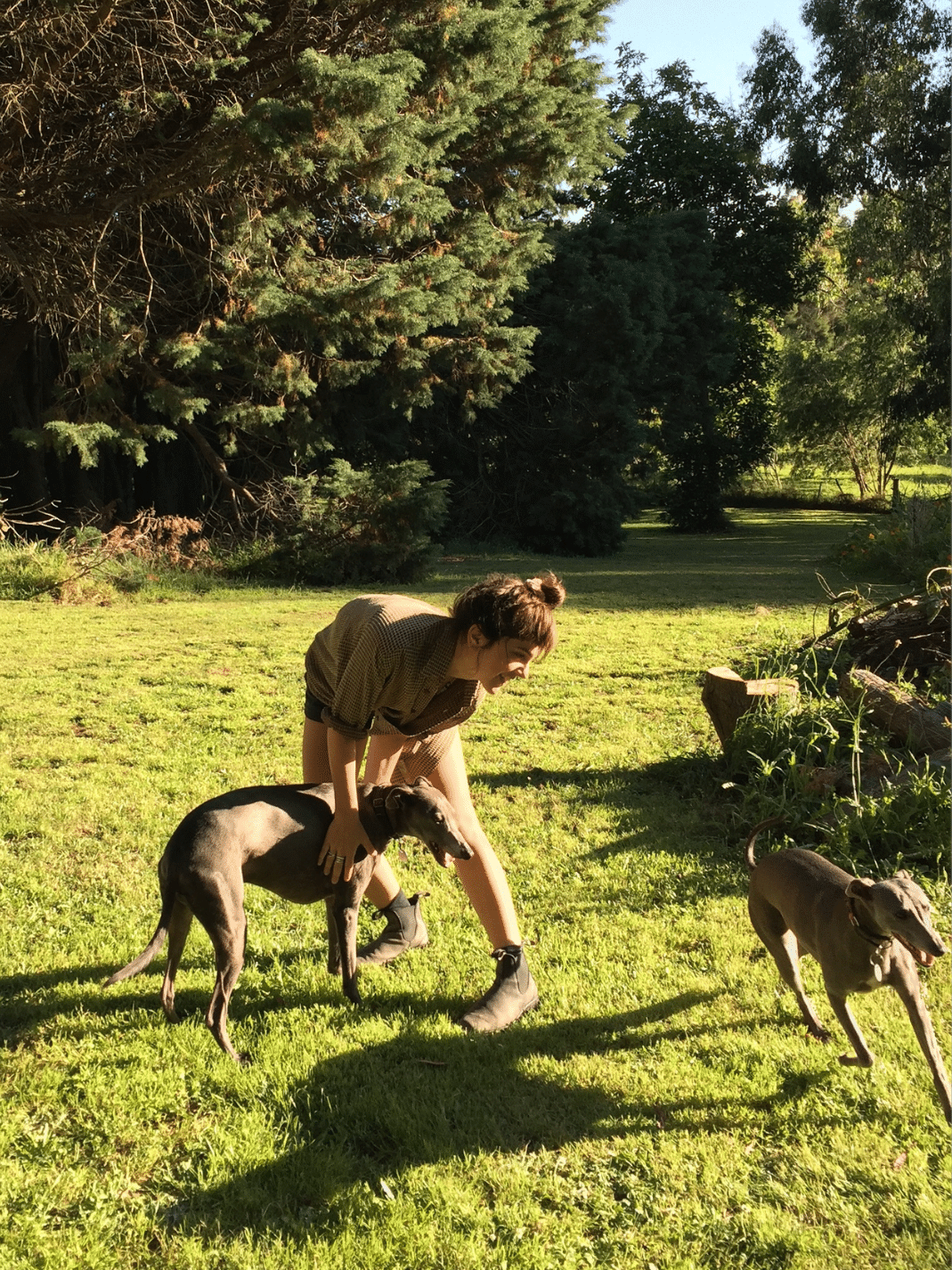
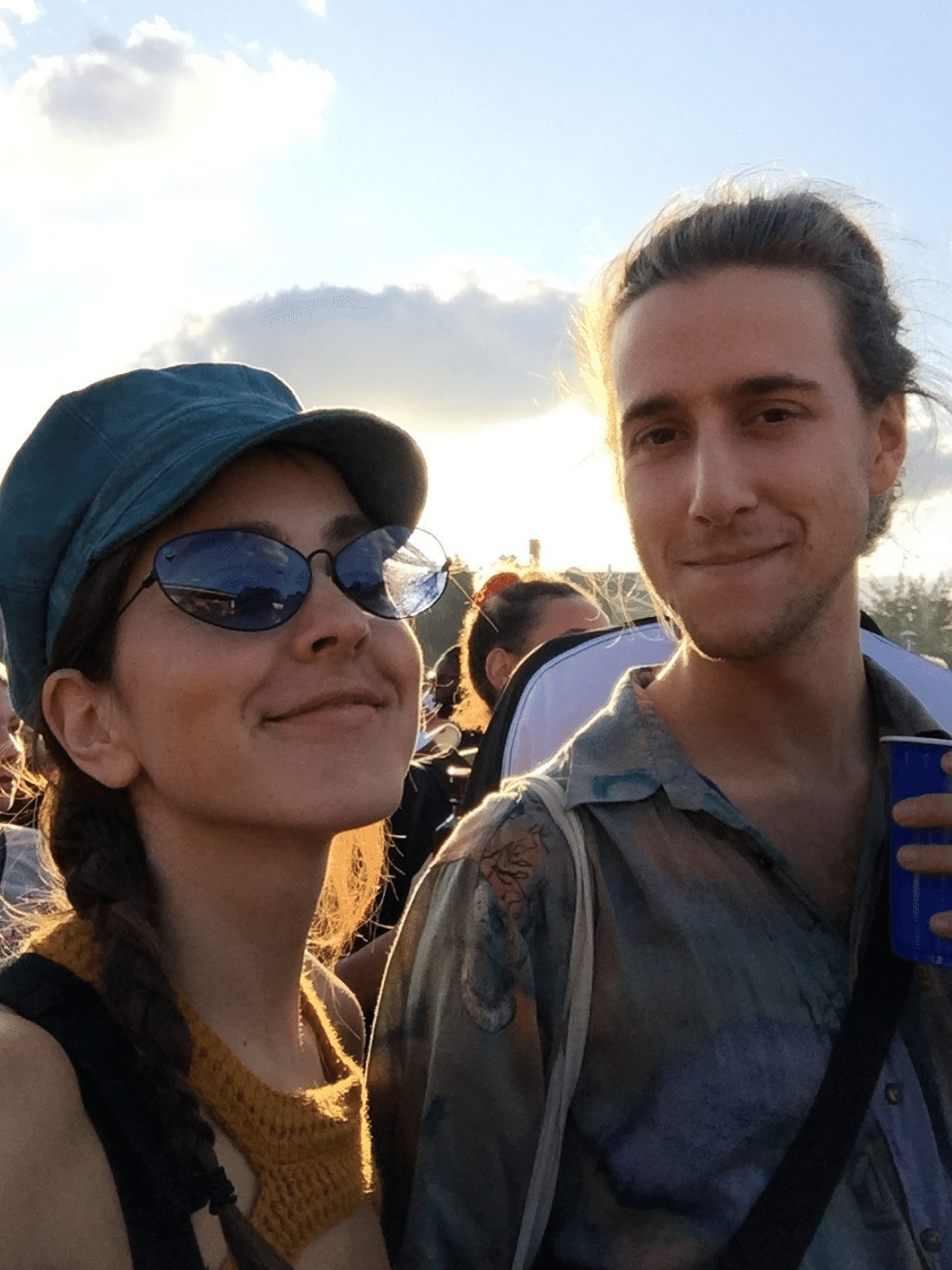
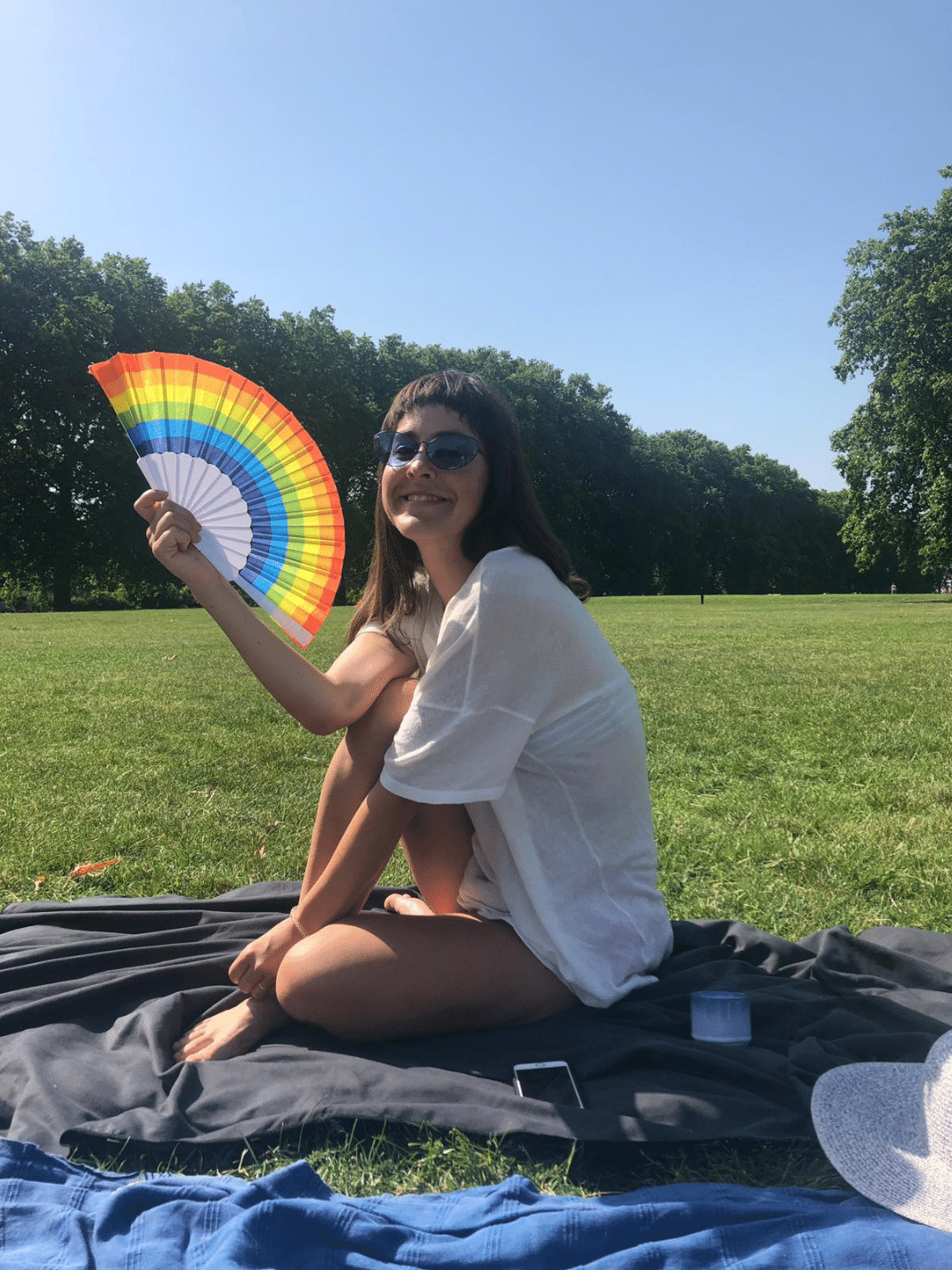
Head over to ILM’s YouTube channel to see their skills in action!
CONTACT
Luke Hetherington
Executive in Charge, Singapore & Sydney ILM Studios
[email protected]
